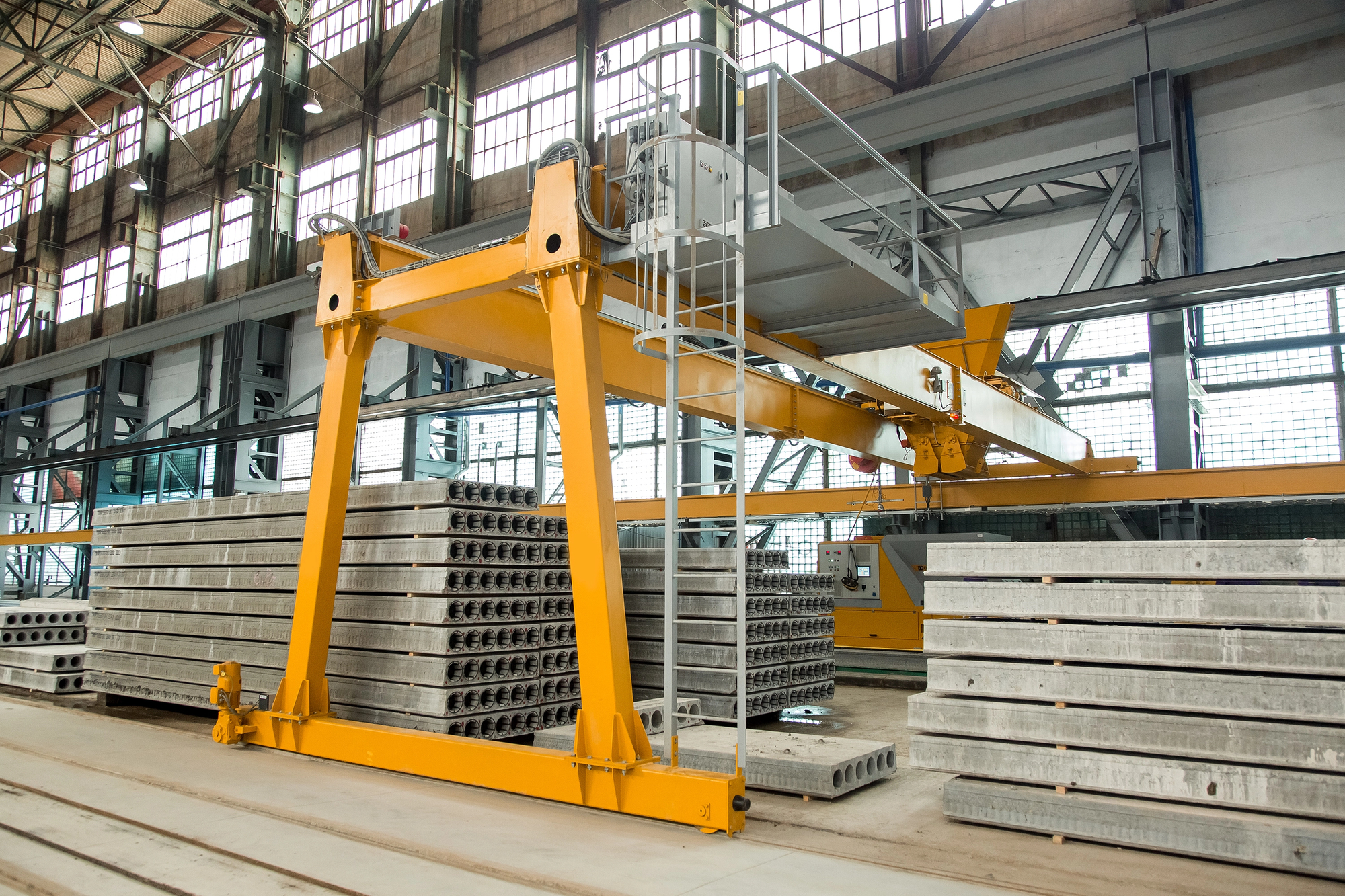
6 Benefits of Automated Warehouse Solutions

It’s official: we are living in the future, and for logistics, that means that automation has become more than a convenience — it’s a competitive advantage.
As supply chains evolve and customer expectations grow, warehouses must find ways to move faster, reduce errors, and maximize efficiency.
Automated warehouse solutions are transforming how businesses handle inventory, fulfillment, and distribution. Whether you’re managing a large-scale operation or a growing regional warehouse, automation can make your processes smarter, safer, and more cost-effective. Here’s how!
1. Improved Accuracy and Fewer Errors
Manual data entry and picking errors can cost time and money, especially when dealing with thousands of SKUs.
Automated systems, such as barcode scanners, RFID technology, and robotics, ensure every product is tracked and recorded with precision. With automation, warehouses can achieve near-perfect accuracy in order fulfillment and inventory management, reducing costly mistakes and customer complaints.
2. Increased Speed and Efficiency
Automation allows warehouses to move products faster through every stage, from receiving and sorting to picking and shipping.
Conveyor systems, automated guided vehicles (AGVs), and robotic arms can operate around the clock without fatigue. This consistent pace helps businesses meet growing order volumes and same-day shipping expectations without compromising quality or performance.
3. Better Space Utilization
Automated warehouse solutions maximize available space by using vertical storage and compact racking systems.
Automation makes it possible to store more inventory within the same footprint, freeing up room for growth and improving operational flow. Intelligent storage systems can even track product velocity and adjust locations based on demand, ensuring faster access to high-turnover items.
4. Enhanced Safety for Workers
Automation helps reduce the risk of workplace injuries by handling heavy lifting, repetitive movements, and potentially hazardous tasks.
With automated equipment taking on the physical strain, employees can focus on higher-value responsibilities such as quality control and process optimization. A safer workplace also means fewer interruptions and lower insurance costs over time.
5. Real-Time Data and Visibility
Automated warehouse management systems provide real-time insights into inventory levels, order progress, and equipment performance. This visibility allows managers to make data-driven decisions that improve efficiency and forecasting accuracy. With instant access to performance metrics, businesses can spot inefficiencies early and adjust quickly to meet demand.
6. Long-Term Cost Savings
While automation requires upfront investment, the long-term return is substantial. Reduced labor costs, higher throughput, and fewer errors all contribute to a more profitable operation.
Over time, automation pays for itself by improving productivity, extending equipment life, and minimizing waste. For growing warehouses, it also reduces the need to expand facilities or hire additional staff to keep up with volume.
